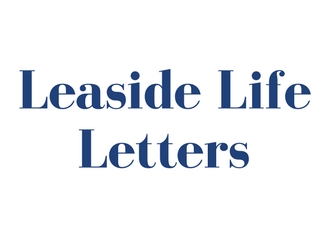The City not doing enough
I was reading the article by Cheryl Vanderburg – Leaside Litterati (April 2017) and I was quite surprised that Cheryl stated that the City of Toronto was doing a lot with respect to basement flooding in Toronto. Many “experts” I spoke with share the exact opposite opinion for the following reasons (not a complete list):
Toronto Water has no policy requiring abandoned sanitary laterals to be capped like most jurisdictions in North America.
Toronto Water issues dewatering permits for construction sites that allow developers to pump all water on site into the storm/sanitary systems using huge pumps that continue to operate even if a massive storm is coming.
Toronto Water’s record on downspout disconnection is abysmal, as far more are still connected notwithstanding a bylaw that states they must be disconnected unless an exemption is provided.
City of Toronto is allowing constant development replacing a few bathrooms with thousands of bathrooms under the assumption that there will be no stress to the storm/sanitary systems that are not being enhanced.
Many areas of Ward 26 (Leaside) are now ranked 4 on a 5 scale severity scale (5 being the worst) for the potential of basement flooding. Many neighbours have been flooded not only once but twice and even more.
City of Toronto response to aging infrastructure is advising residents to install backwater valves that do fail and for which the City of Toronto only partially covers the initial cost, and only once.
Insurance companies are drastically increasing insurance coverage premiums, increasing deductibles and capping coverage based on basement flooding severity scale rankings. Most premiums do not cover sump pit rise in water table – that is what happens in nature as rain falls, which means that sump pumps can never fail.
Hard landscaping such as illegal driveway pads and illegal driveway widening is rampant in Leaside and contributes to potential surcharging of the sanitary/storm system.
City of Toronto is using outdated end of life system infiltration rates for planning new developments that will stress the aging storm/sanitary system when the up-to-date infiltration rates are available.
Most of the City of Toronto storm/sanitary system is at end of life.
The recently proposed Toronto Water stormwater charge to provide stable funding has been criticized by many “experts” as being not geared to managing water at source and providing no incentives to manage water at source.
Articles like Cheryl’s lull readers into feeling that the City is addressing the issue – it is not.
— Rick Price, Leaside
Re: Traffic Woes at Rolph Road (May, 2017):
I am a parent at Northlea Elementary School in charge of Kiss ‘n’ Ride and now the CAA
Safety Foot Patrol (kids in Grades 6-8). You should come and take a look at this new initiative where we help kids cross safely around school. We just started the program in April and have 25 patrollers registered. They do 8:30-8:45 a.m. daily at the corner of Rumsey and Divadale. Hoping to expand to all corners once patrollers are fully trained. All schools in Leaside should get involved. Training is done with Toronto Police and CAA. Kids wear a lime green vest, etc. We are making a difference and slowing traffic down and making drivers more aware. Traffic infractions are off the charts and Toronto Police Service has no budget for crossing guards. This is a proactive way to help keep our area safer. The LRT is not helping and is creating all kinds of redirected traffic into our community.
— Valerie Cooke, Leaside
Re: Royce Frith Article (February, 2017)
Thank you for the article on Senator Royce Frith. I came across this article while doing our family history. In an attempt to populate ancestry.ca I googled my godfather’s name. I found your article. Much appreciated.
— Summer Ross


